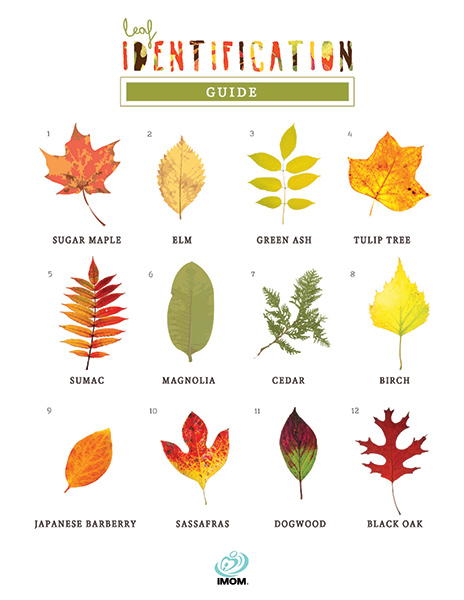

This publication is designed to guide you through the process of identifying a tree.

As with most newly acquired skills, it may seem overwhelming at first, but with practice you will begin to find that it is simply a matter of paying attention to a few details about the tree and the environment in which it is found. Like a detective, to be successful at tree identification, you will need to sharpen your observational skills. The more clues you have, the more likely you will be able to reach the best conclusion about the tree you are trying to name. These clues can then be used to make an informed decision about the tree you are attempting to identify. In fact, it is actually a logical and easily learnable process. Tree identification may seem daunting, especially when you find yourself confronted with a forest full of trees you don't recognize. Whoever you are and whatever your level of experience, if you're interested in identifying a tree, this publication will help.

You might be a naturalist who would like to know what tree species comprise a nearby natural area, a vacationer interested in identifying a beautiful tree you saw along a trail, or an aspiring dendrologist (a scientist who specializes in tree identification).
LEAF GUIDE TREE IDENTIFICATION HOW TO
There are many reasons people want to learn how to identify trees. Trees also make up a large portion of the foliage in our yards and landscapes, creating a beautiful mosaic of colors, shapes, and sizes. They provide shade on hot days, the paper and wood products that we use every day, and food and clean water for wildlife and humans alike. Trees benefit people economically, socially, and ecologically.


 0 kommentar(er)
0 kommentar(er)
